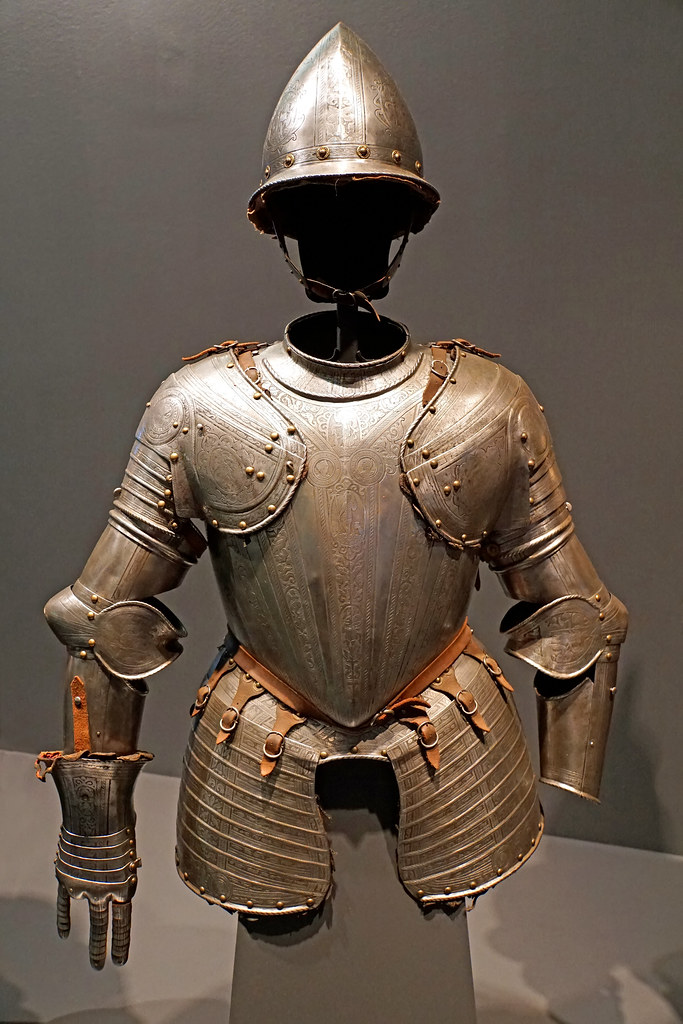The Great Pickle Bounce Test of Connecticut

Imagine dropping a pickle from your hand and watching it bounce like a rubber ball – that’s exactly what Connecticut’s Food and Drug Commissioner Frederick Holbrook advised in 1948 as the perfect test for fresh pickles. Two pickle packers, Sidney Sparer and Moses Dexler, were arrested for selling pickles that were “unfit for human consumption” in what officials called “The case of the pickles that wouldn’t bounce”. While this sounds completely ridiculous today, the bounce test actually had scientific merit. Fresh pickles maintain their structure because pectin holds them together, and when microbial action breaks down a cucumber, it loses that tight makeup. A properly preserved pickle maintains its firmness and won’t be smushed when dropped, though it probably won’t actually bounce either. The “law” became legendary, though there’s actually no Connecticut law requiring pickles to bounce.
Medieval Dress Codes That Protected National Economies
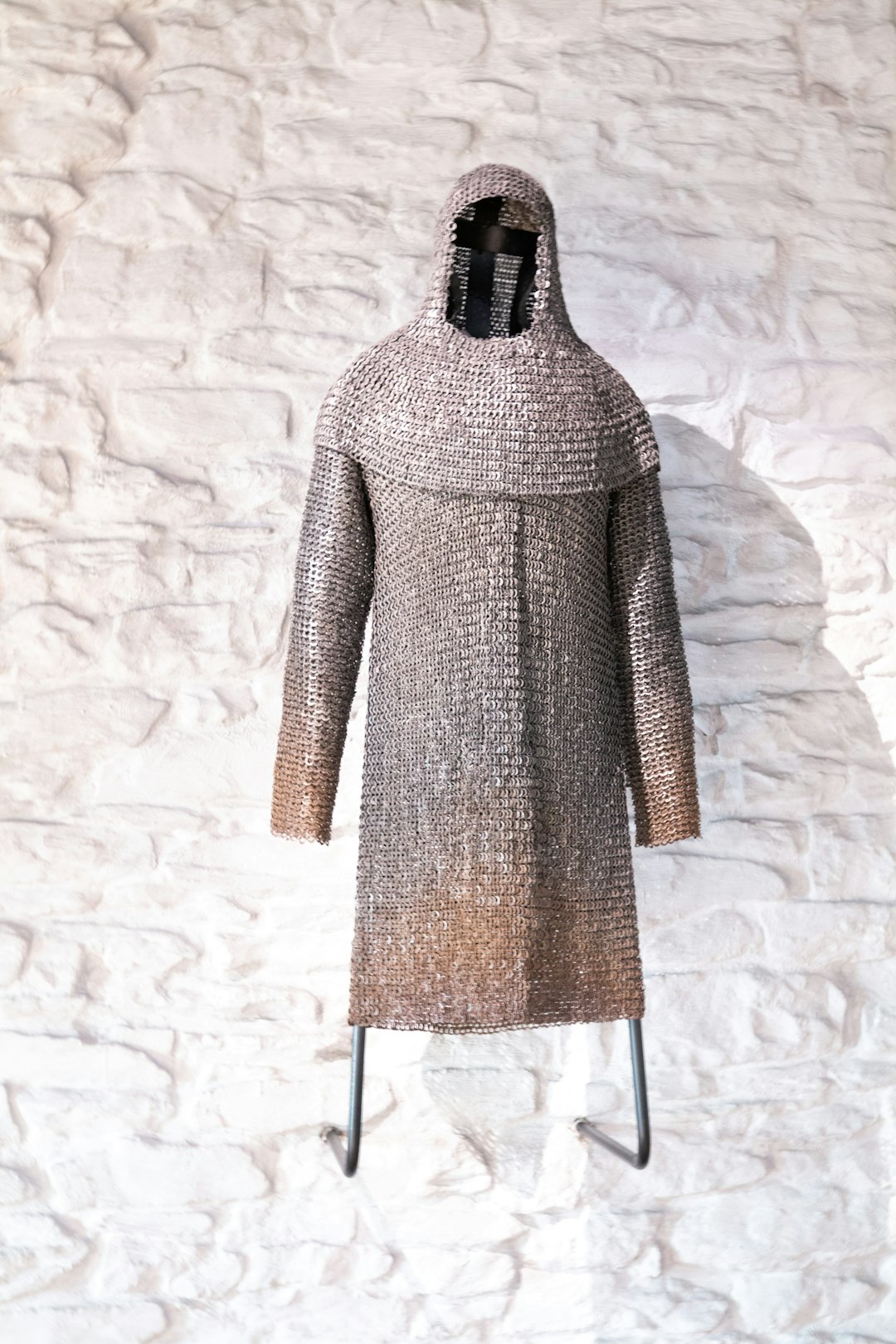
Medieval sumptuary laws regulated clothing, food, and luxury expenditures based on social rank, but they weren’t just about snobbery. They were used to regulate the balance of trade by limiting the market for expensive imported goods. Think of it like modern trade protections – in some regions where cloth was manufactured, it became illegal to purchase fabrics from foreign sources, which may not have been great hardship in places like Flanders famous for quality woolens, but was tedious in areas with less stellar reputations. In 1571 England, a law required all males over six to wear woolen caps on Sundays and holidays to stimulate the local wool economy, credited for the popularity of the flatcap in English culture. These weren’t fashion police – they were economic survival strategies.
Alabama’s Anti-Mustache Church Law

In Alabama, it’s illegal to wear a fake mustache that causes laughter in church, aimed at maintaining decorum during religious services by preventing intentional distractions or disruptions. While it sounds absurd, this law tackled a real problem of the era. Church services were among the few community gatherings where social disruption could spread quickly. By prohibiting humorous or ridiculous facial accessories, the law sought to ensure church services remained respectful and solemn for all attendees. Picture a time when entertainment was scarce – a silly mustache could derail an entire congregation’s focus. This particular piece of legislation actually makes a whole lot of sense when you consider the social importance of maintaining religious authority.
Wisconsin’s Butter Protection Act
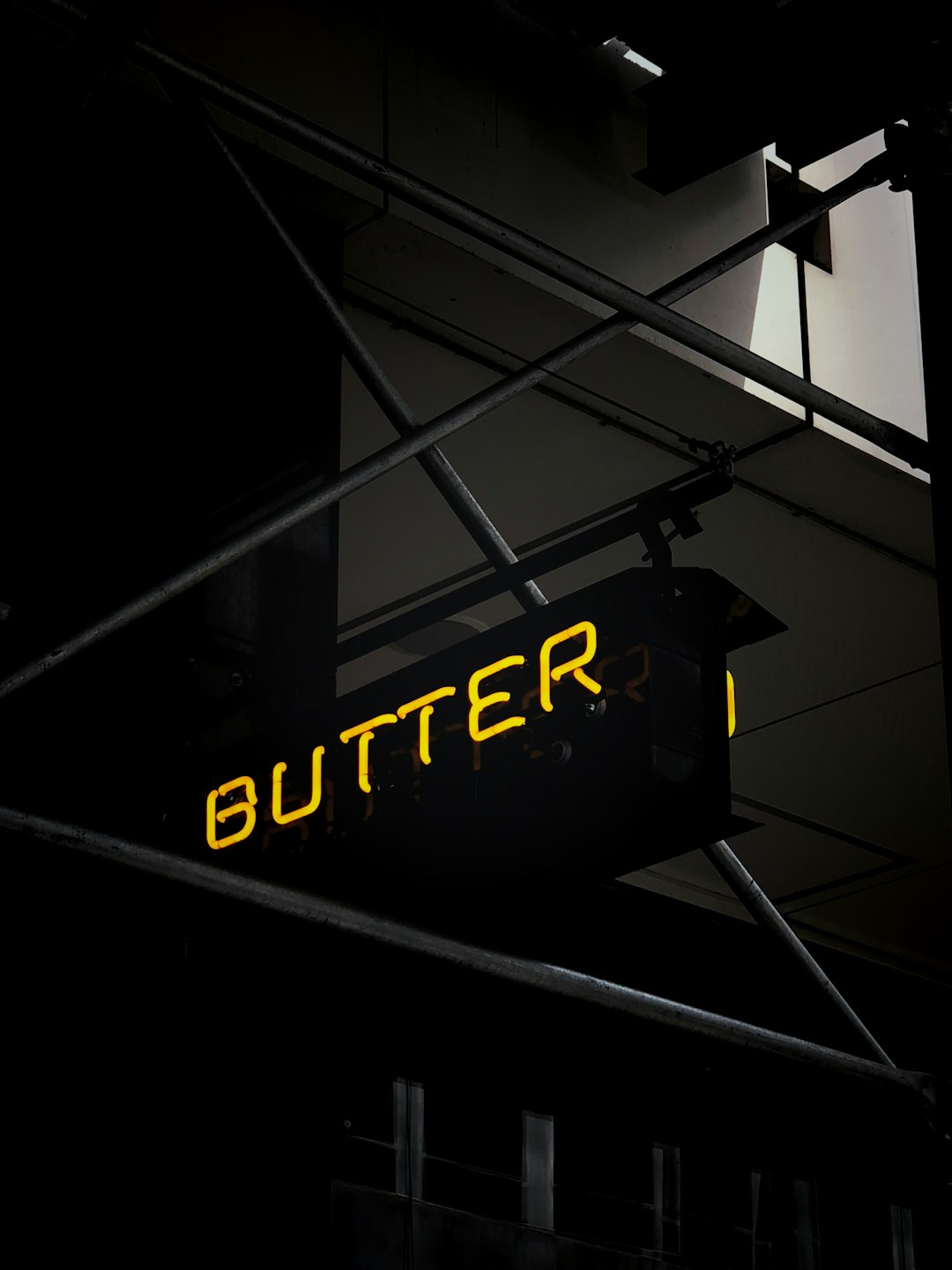
Wisconsin state law makes it illegal to serve margarine or butter substitutes unless customers specifically request it, reflecting the state’s long history as a dairy state and commitment to the dairy industry. This wasn’t arbitrary food snobbery – it was economic warfare against artificial substitutes threatening local farmers’ livelihoods. Restaurants couldn’t serve margarine as a replacement for butter unless customers specifically requested it, protecting Wisconsin’s dairy heritage and butter production. The law prevented deceptive practices where cheaper substitutes might be passed off as premium products. Wisconsin’s tradition of serving apple pie with cheese also became known as an unofficial “law,” rooted in the state’s dairy heritage and early European settlers. When your entire state economy depends on dairy, protecting butter becomes a matter of survival.
Cemetery Advertising Bans That Made Perfect Sense

Laws prohibiting advertising in cemeteries maintain the solemnity and dignity of resting places, as cemeteries are meant to be peaceful spaces for remembrance where advertising would be disruptive and disrespectful, preserving integrity and ensuring they remain undisturbed by commercial interests. This wasn’t about being uptight – it was about protecting grieving families from commercial exploitation. The regulation maintains solemnity and dignity of deceased resting places, as cemeteries are meant to be peaceful spaces for remembrance where advertising is disruptive and disrespectful, preserving integrity and ensuring they remain undisturbed. Imagine mourning a loved one while billboards loom overhead hawking products. Among odd American state laws, this one’s actually pretty sensible. Even today, commercial intrusion into sacred spaces feels deeply wrong.
Maryland’s Ocean Eating Safety Law

Maryland law makes it illegal to eat while swimming in the ocean, likely aimed at promoting safety by preventing distractions and reducing choking risk, as eating in water can also attract wildlife, posing hazards to both swimmers and the ecosystem. This law anticipated real dangers that beach-goers might not consider. The regulation prevents distractions and reduces choking risk while swimming, and eating in water can attract wildlife, posing hazards to both swimmers and the ecosystem. Imagine trying to chew and swallow while treading water – it’s a recipe for disaster. Food in the ocean also creates unnatural feeding patterns for marine life, potentially dangerous encounters with curious sea creatures. The law protected both human safety and marine ecosystems decades before environmental awareness became mainstream.
The Alaska Moose-Airplane Protection Act

Alaska has a law prohibiting pushing live moose out of airplanes, addressing concerns for moose welfare and safety for people on the ground, preventing harm to moose during falls and protecting property or individuals from unexpected impacts, remaining a unique aspect of Alaska’s legal landscape despite rare circumstances. While this sounds like comedy gold, it addressed real wildlife trafficking concerns. In Alaska’s vast wilderness, airplanes were common transport methods, and unscrupulous people might relocate wildlife inappropriately. The regulation addresses welfare of moose and safety considerations for people on the ground, helping prevent potential harm to moose during falls and protecting property or individuals from unexpected impacts. A falling moose is essentially a massive projectile that could kill someone or destroy property. The law prevented both animal cruelty and public safety hazards in a state where such scenarios weren’t entirely impossible.
Ancient Roman Anti-Luxury Laws
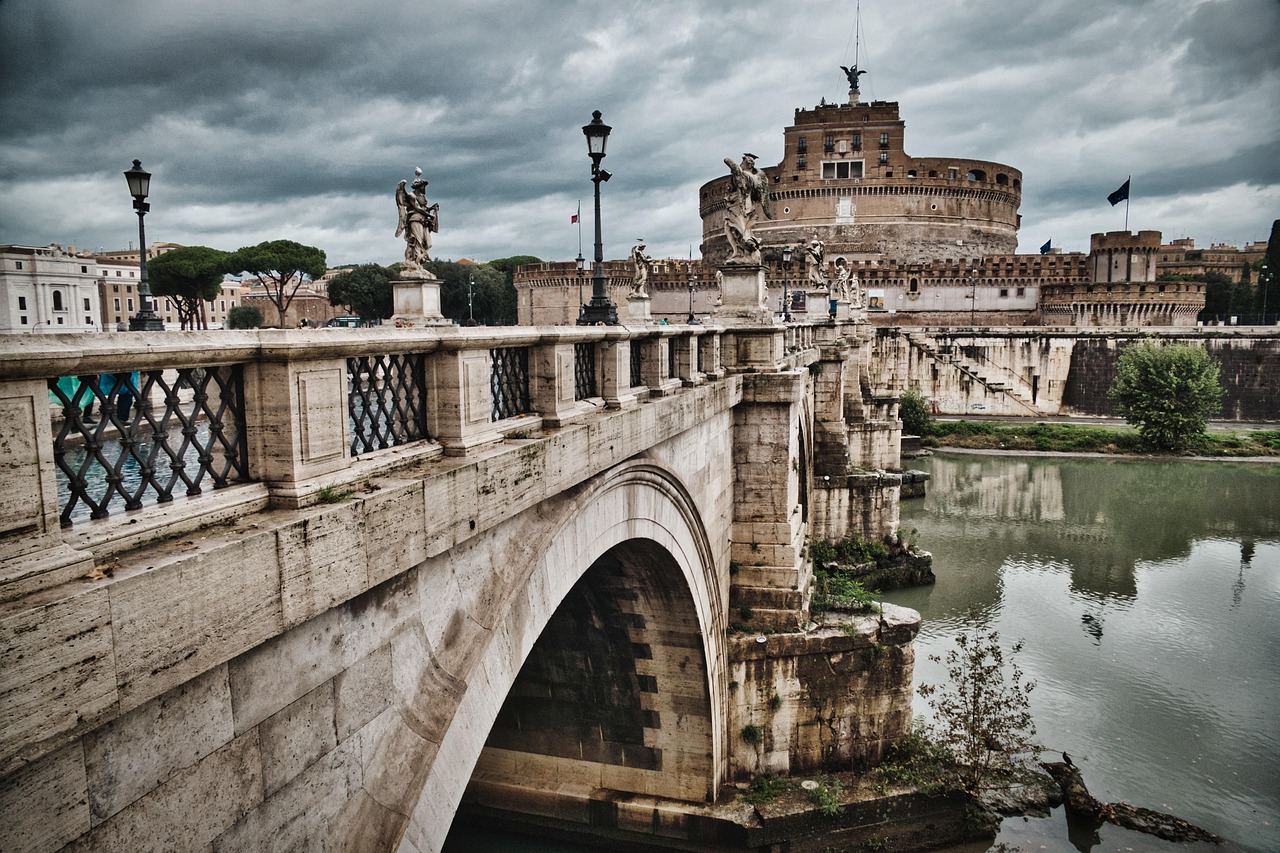
A system of sumptuary laws was extensively developed in ancient Rome, with a series beginning in 215 BC governing garment materials, number of guests at entertainments, and forbidding consumption of certain foods. These weren’t arbitrary restrictions – they were responses to economic crises and social unrest. The laws were justified because “the treasure of the land is destroyed, to the great damage of the lords and the commonality” when “various people wear various apparel not appropriate to their estate”. Romans understood that excessive luxury spending could drain national wealth through imports while creating dangerous social tensions. The Spartans were forbidden to attend drinking entertainments and own houses or furniture made with more than basic tools, with possession of gold or silver forbidden, permitting only iron money. These laws prioritized military readiness and social cohesion over individual luxury.
Japanese Edo Period Status Protection Laws
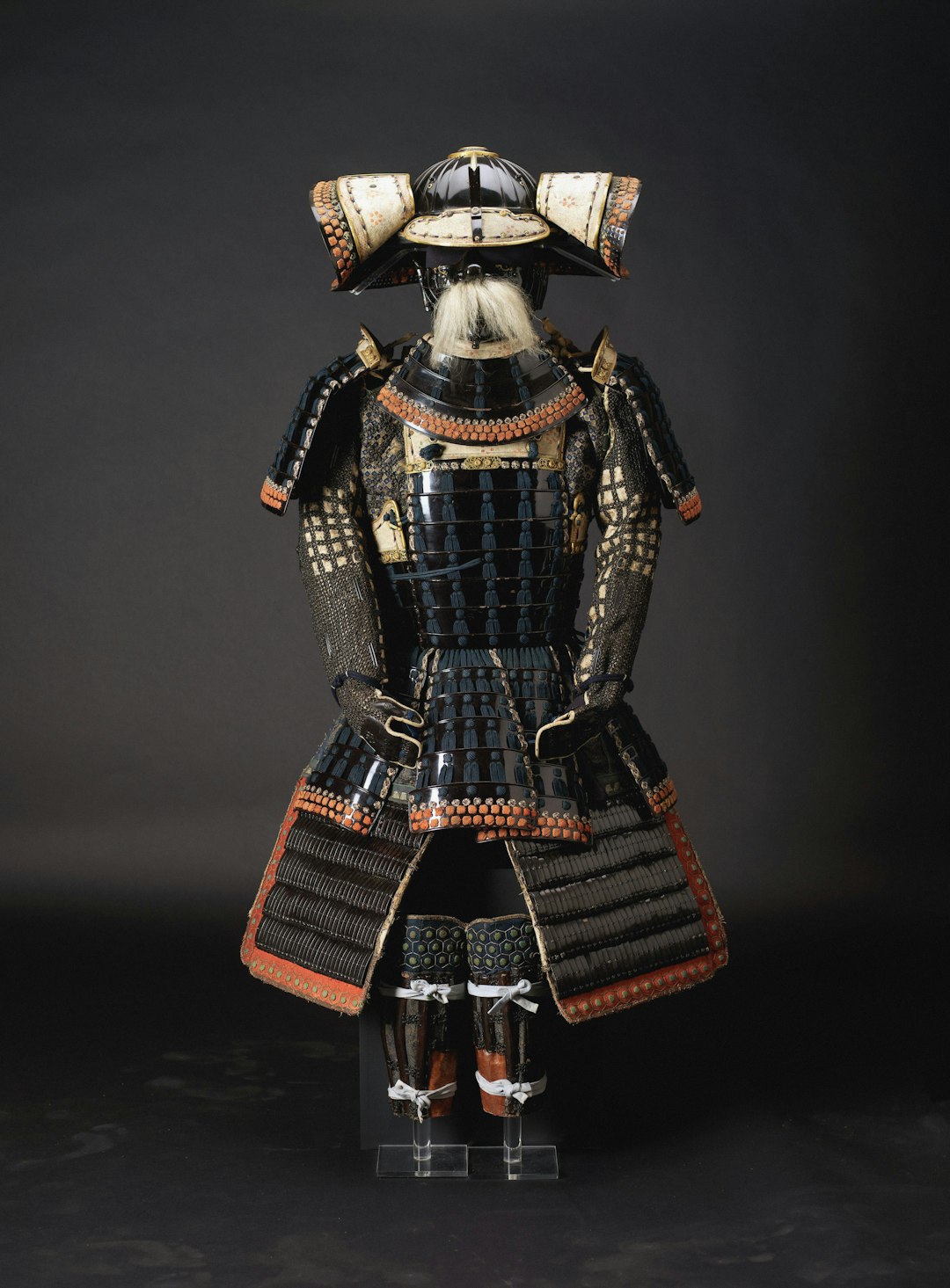
In feudal Japan, sumptuary laws were passed with frequency and minuteness unparalleled in Western history, with strict regulations during the Edo period including clothing types, as the merchant class grew wealthier than aristocratic samurai, seeking to maintain samurai superiority despite merchants affording more luxurious items. This wasn’t just class snobbery – it was essential for political stability. The shogunate eventually allowed concessions, including letting prestigious merchants wear a single sword while samurai wore matched pairs on official duty. Japan’s sumptuary laws were immensely detailed and affected people from every social class. When your entire political system depends on maintaining clear social hierarchies, preventing visual class confusion becomes a matter of governmental survival. During the Tokugawa period, sumptuary laws were passed in bewildering profusion, regulating minute details of personal life, with 11th century edicts regulating house sizes and construction materials.
Pike Shoe Length Regulations in Medieval England

Pike shoes were medieval footwear with noticeably long and pointy fronts, where longer (and more irritating) pikes made wearers appear more esteemed, but for practical reasons were utterly pointless. In the 15th century, English parliament passed a notable sumptuary law defining the permissible length of pike shoes. These laws prevented fashion from becoming literally dangerous – extremely long shoes made walking, running, and especially fighting nearly impossible. Sumptuary laws were often put in place for practical economic reasons, like England’s 1571 law requiring males over six to wear woolen caps on Sundays and holidays to stimulate the local wool economy, credited for flatcap popularity and repealed in 1597. When your footwear becomes so impractical it interferes with basic mobility, regulation becomes a public safety issue. Medieval streets weren’t exactly wheelchair accessible – tripping hazards could be deadly.
Chinese Confucian Restraint Laws

Sumptuary laws existed in China since the Qin Dynasty in 221 BC, with many justified by Confucian ideals of restraint pervading Chinese society, including notable laws regarding tomb and gravestone sizes depending on the interred person’s station. During the Ming Dynasty, dress code enforcement eliminated Mongol influence from the previous Yuan dynasty, with certain Mongol clothing and aesthetics banned to restore traditional Chinese values. These weren’t just cultural preferences – they were essential for political legitimacy after overthrowing foreign rule. When a new dynasty needed to establish authority, eliminating visual reminders of the previous regime became crucial for maintaining power. The Confucian ideal of restraint pervaded virtually all of the empire’s history. Excess displayed weakness and invited social unrest in a society valuing harmony and hierarchy above individual expression.
Medieval Jewish Self-Protection Dress Codes
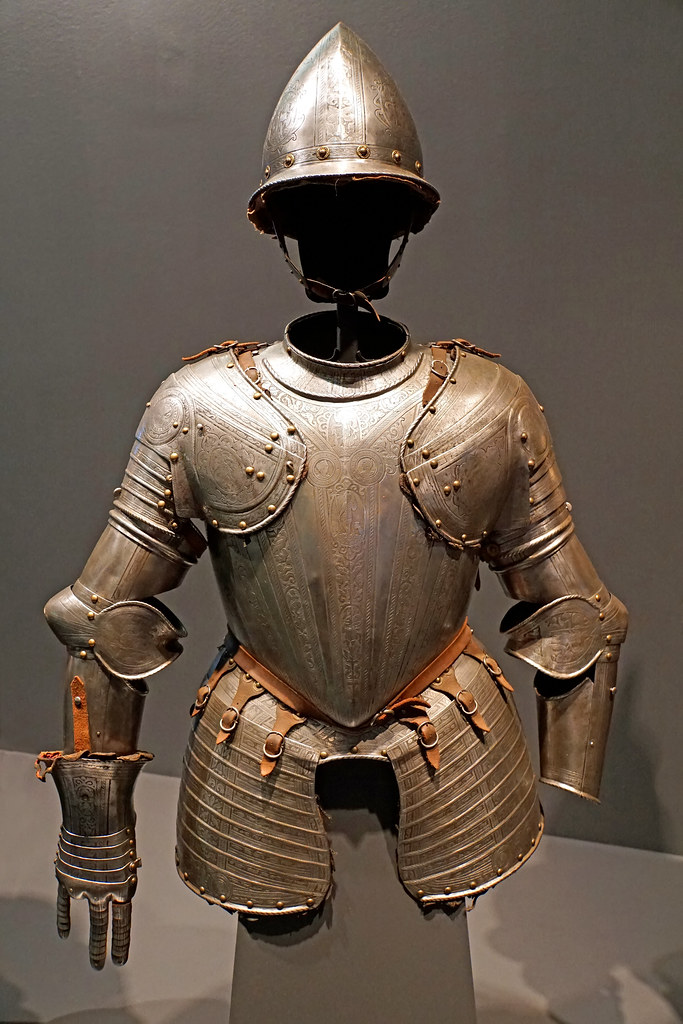
Throughout European history, Jews wore sober clothing and never flaunted financial success to avoid provoking jealousy and hostility in Christian neighbors, with Jewish leaders issuing sumptuary guidelines out of concern for community safety, and being discouraged from dressing like Christians partly for fear that assimilation could lead to conversion. Minorities were subject to dress codes for easy identification and discrimination, with laws governing religious groups, specifically Jews and Muslims, and those with infectious diseases like leprosy, requiring Jews to wear yellow badges or conical hats while Muslims wore crescent-shaped badges. These weren’t government impositions – they were community survival strategies. Jewish communities understood that visible wealth or integration attempts could trigger violent pogroms. Laws defined dress codes for groups including Jews, Muslims, lepers, heretics, and prostitutes, requiring Jews to wear conical hats, yellow badges, or rings, while Muslims wore crescent-shaped badges. Self-imposed modesty became a life-saving strategy in hostile environments.
French Class Distinction Protection Laws

Medieval French sumptuary laws ensured distinction between hereditary nobility and rising bourgeoisie, with a 13th century law barring the burgher class from wearing gold, silver, or precious stones in public. In France, Philip IV issued regulations governing dress and table expenditures of social orders, with later kings restricting use of gold and silver embroidery, silk fabrics, and fine linen. This wasn’t mere snobbery – it was political survival. The gist was ensuring distinction between hereditary nobility and rising bourgeoisie, barring burghers from wearing gold, silver, or precious stones, with 14th century laws banning prostitutes from wearing gold buttons, silver items, and pearls. When merchant wealth began rivaling aristocratic fortunes, visual distinctions became essential for maintaining political authority. If everyone looked noble, actual nobles lost their claim to special privileges and power.
Did you expect that laws about bouncing pickles and moose-airplane safety would turn out to make perfect sense?

